Inspired by the dynamic color-changing properties of squid skin, researchers have developed a method to manufacture a heat-adjusting material that is breathable and washable and can be integrated into flexible fabric. The composite material operates in the infrared spectrum and consists of a polymer covered with copper islands.
Tag: Squid
Tracking a New Path to Octopus and Squid Sensing Capabilities
Research led by UC San Diego and Harvard has traced the evolutionary adaptations of octopus and squid sensing capabilities. The researchers describe for the first time the structure of an octopus chemotactile receptor, which octopus arms use for taste-by-touch exploration of the seafloor.
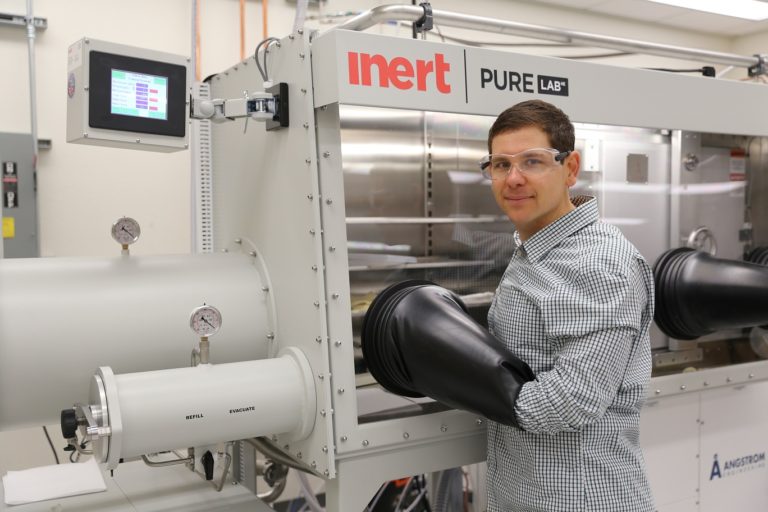
UCI engineers reveal molecular secrets of cephalopod powers
Irvine, Calif., Dec. 17, 2020 — Reflectins, the unique structural proteins that give squids and octopuses the ability to change colors and blend in with their surroundings, are thought to have great potential for innovations in areas as diverse as electronics, optics and medicine. Scientists and inventors have been stymied in their attempts to fully utilize the powers of these biomolecules due to their atypical chemical composition and high sensitivity to subtle environmental changes.

COVID-19 Pandemic had Big Impact on Commercial Fishing in Northeast
With restaurants and supply chains disrupted due to the global coronavirus pandemic, two-fifths of commercial fishermen surveyed from Maine through North Carolina did not go fishing earlier this year, according to a Rutgers study that also documented their resilience and adaptation. Of those who kept fishing, nearly all reported a decline in income compared with previous years, according to the survey of 258 fishers in the Northeast published in the journal PLOS ONE.
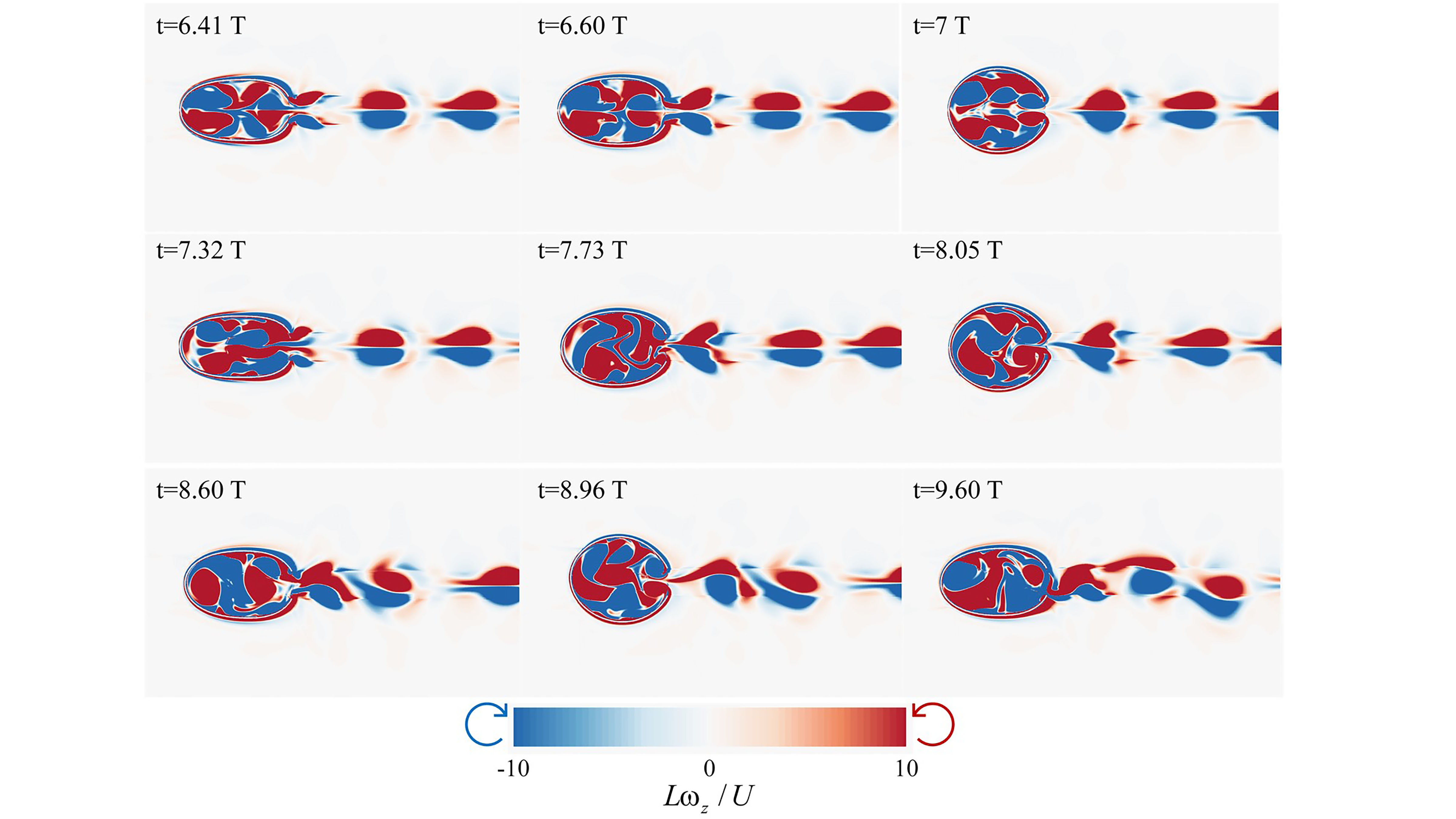
Squid Jet Propulsion Can Enhance Design of Underwater Robots, Vehicles
Squids use a form of jet propulsion that is not well understood, especially when it comes to their hydrodynamics under turbulent flow conditions. Discovering their secrets can help create new designs for bioinspired underwater robots, so researchers are exploring the fundamental mechanism. They describe their numerical study in Physics of Fluids; among their discoveries, they found that thrust production and efficiency are underestimated within laminar, or nonturbulent, flows.
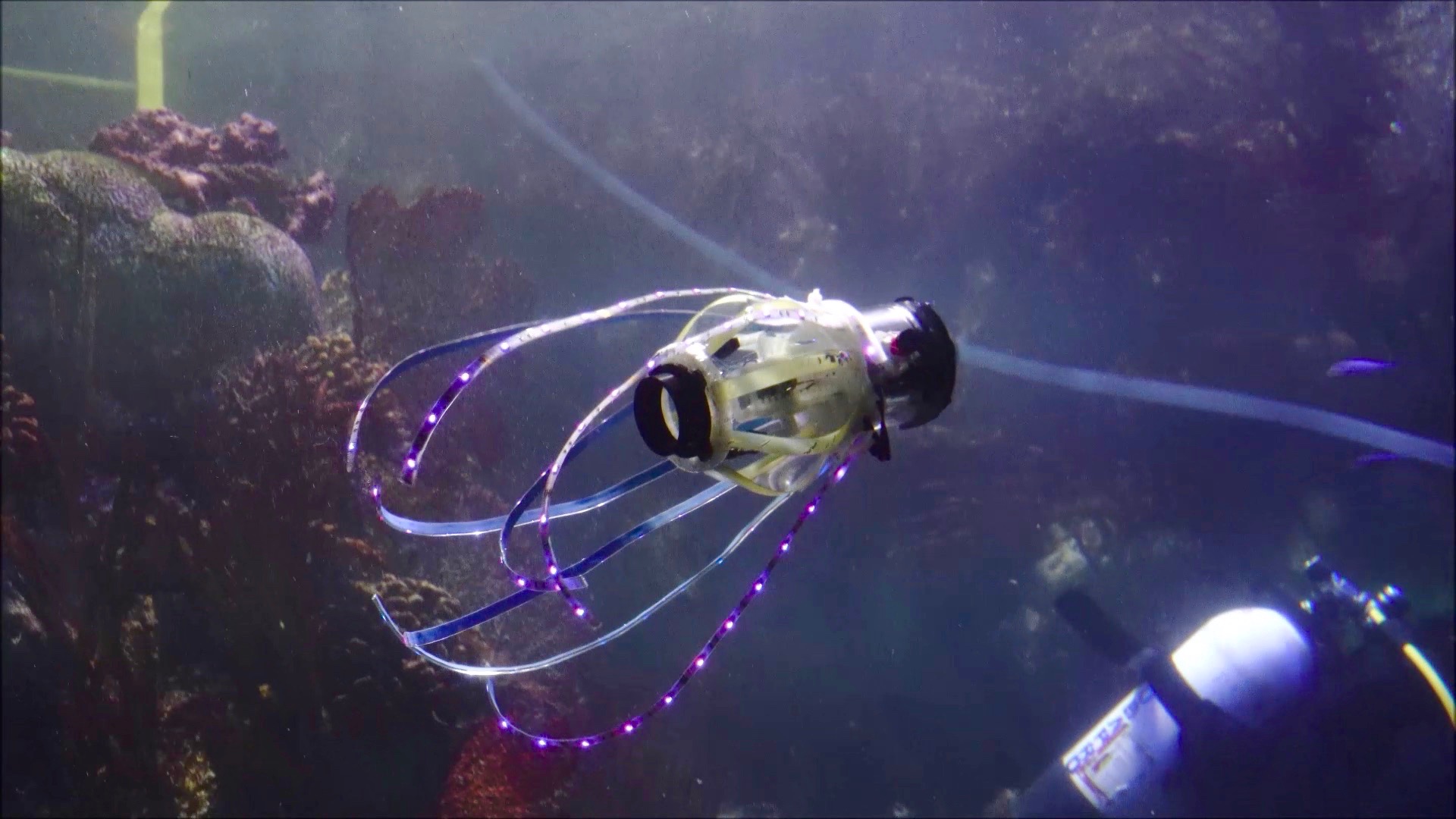
This ‘squidbot’ jets around and takes pics of coral and fish
Engineers at the University of California San Diego have built a squid-like robot that can swim untethered, propelling itself by generating jets of water. The robot carries its own power source inside its body. It can also carry a sensor, such as a camera, for underwater exploration. The researchers detail their work in a recent issue of Bioinspiration and Biomimetics.
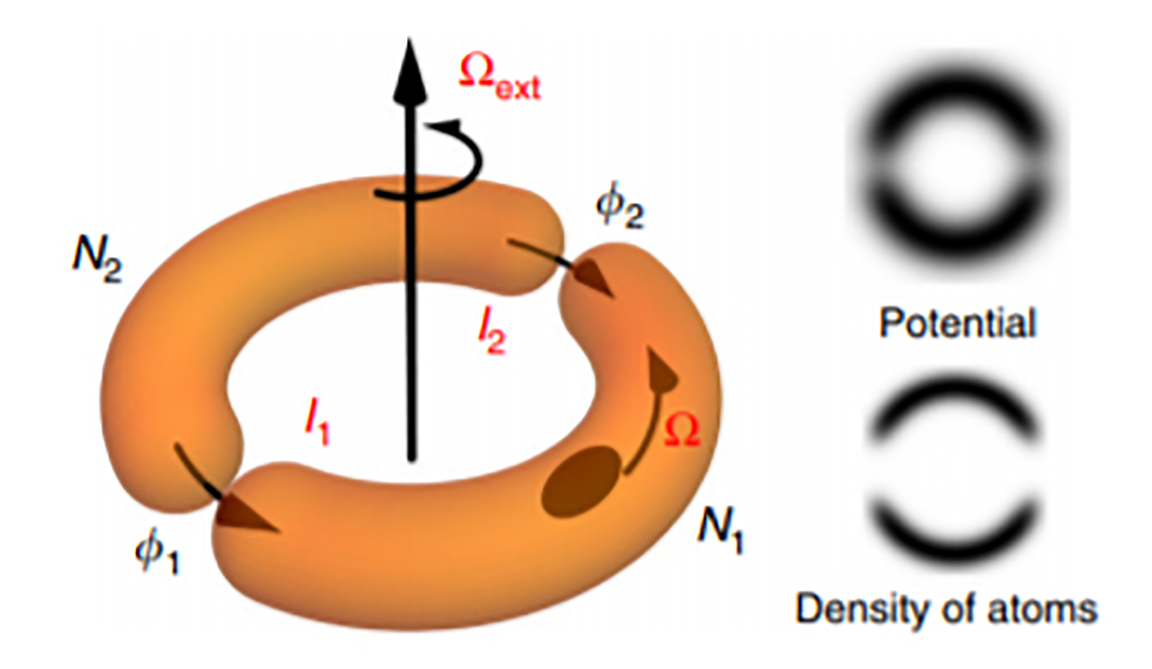
Atomtronic device could probe boundary between quantum, everyday worlds
A new device that relies on flowing clouds of ultracold atoms promises potential tests of the intersection between the weirdness of the quantum world and the familiarity of the macroscopic world we experience every day.
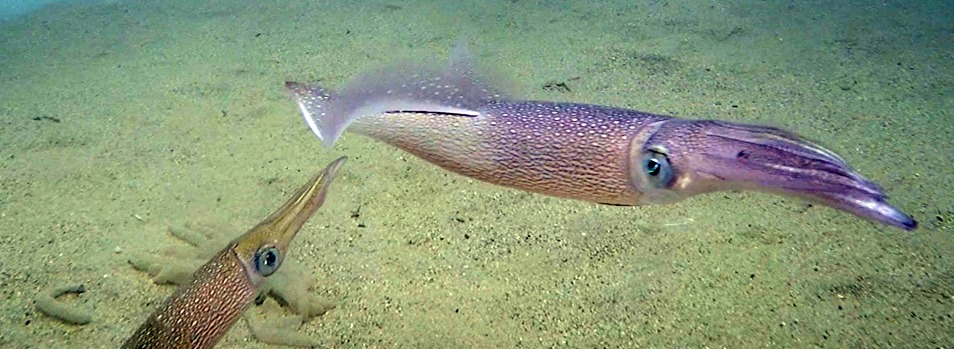
Underwater pile driving noise causes alarm responses in squid
Exposure to underwater pile driving noise, which can be associated with the construction of docks, piers, and offshore wind farms, causes squid to exhibit strong alarm behaviors, according to a study by Woods Hole Oceanographic Institution (WHOI) researchers published Dec. 16, 2019, in the journal Marine Pollution Bulletin.
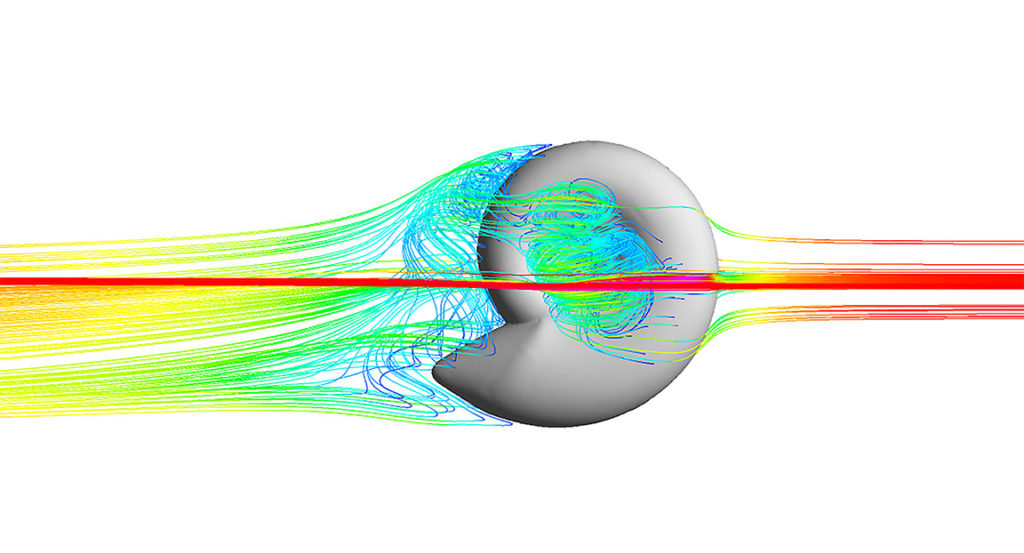
Fossils Reveal Swimming Patterns of Long Extinct Cephalopod
Computational fluid dynamics can be used to study how extinct animals used to swim. Scientists studied 65 million-year-old cephalopod fossils to gain deeper understanding of modern-day cephalopod ecosystems.